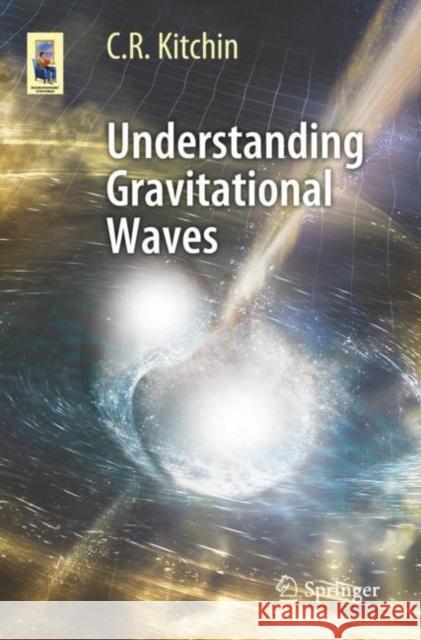Understanding Gravitational Waves » książka
topmenu
Understanding Gravitational Waves
ISBN-13: 9783030742065 / Angielski / Miękka / 2021 / 417 str.
Kategorie:
Kategorie BISAC:
Wydawca:
Springer Nature Switzerland AG
Seria wydawnicza:
Język:
Angielski
ISBN-13:
9783030742065
Rok wydania:
2021
Wydanie:
2021
Numer serii:
000320646
Ilość stron:
417
Waga:
0.68 kg
Wymiary:
23.37 x 20.32 x 1.52
Oprawa:
Miękka
Wolumenów:
01











